Independent Collectors
Claus Busch Risvig
Meet the young collector who is taking the international art world by storm whilst never forgetting his roots in Denmark.

Collecting with his partner for the last eight years, Claus Busch Risvig, has definitely caught the collecting bug. The collection, which currently includes over 200 artworks, is fast becoming one of the most important collections of emerging contemporary art that Denmark has to offer. Obsessed with the research of artists and dedicating a vast amount of their time to seeing and interacting with art on an international scale, Risvig sat down with us to talk about why he can never learn enough, why you shouldn’t be afraid to buy art online, and what it’s like to live with art when there are young children thrown into the equation.
How did your interest in art begin? Was it something that you were brought up surrounded by or did it come to you later on?
I actually didn’t have an interest in art until I met my girlfriend. I met her, after a while we moved in together in a small city, and after that we decided that we needed something to put on our walls and instead of buying posters we went with art. The reason it was art was primarily down to her parents, as they are very interested in art. You could say that I received my first bit of “art education” through them: they took the two of us to shows and galleries and so on, and that’s how the interest came to me. Before that I had only been to museums maybe two or three times in my life, and it wasn’t until after meeting them that I really experienced a lot of shows both at museums and galleries.
Did you form your taste together or did your partner already have an idea of what type of art she was interested in?
Of course she already had some idea of what her taste was because she was used to being around and living with art art since she was a child, so I think she already had some kind of “taste”, whereas mine was really just starting out. Saying that, I think the first work that we bought together we agreed quite well on and realized that have quite similar tastes, and actually that still applies now. Some people find it difficult to buy together but for us it’s actually quite simple because we agree on most of the artists and have very similar taste. Sure, there are differences, but it’s pretty much balanced.
How do you go about finding artists? Do you research together or is one more interested in the research of artists than the other?
It actually differs a lot. When we visit fairs and exhibitions we are there together, so we experience the artists together and can agree, or disagree, on what we like and don’t like. Thinking about it, maybe I’m more of the researcher who digs more into what’s happening. I read a lot and so I often find something and then show it to her, which she then gives me her opinion about, although sometimes she is also the one who is finding new artists and showing it to me. It’s a joint effort I’d say.
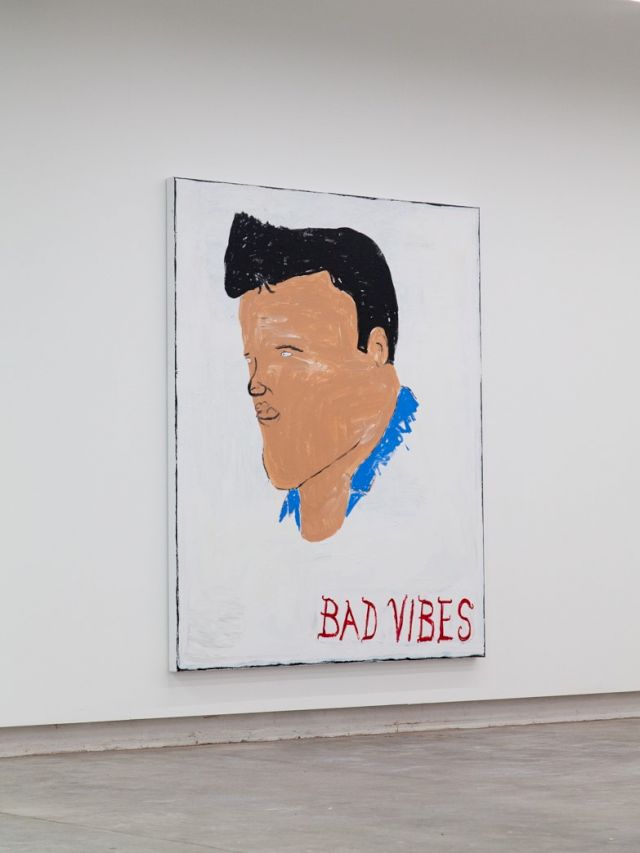
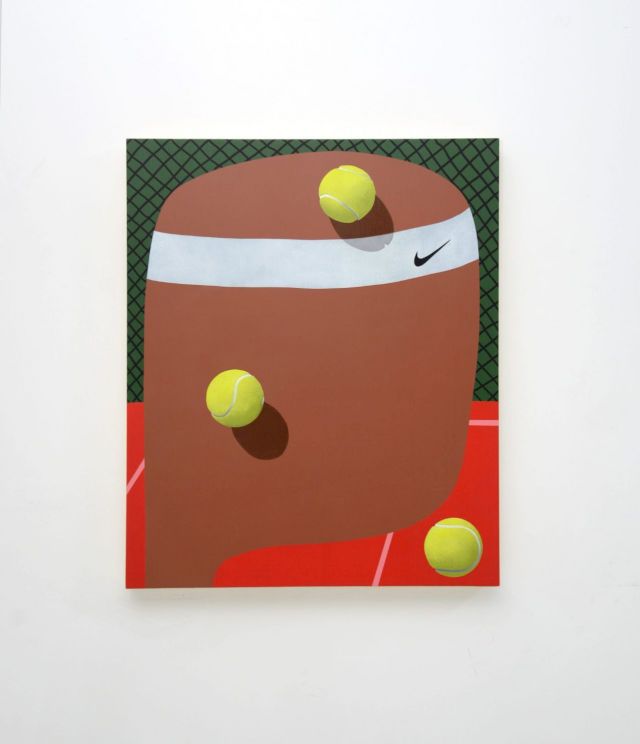
You are clearly very interested in following and attending exhibitions that take place in Denmark and you’re very active in the Danish Contemporary Art scene. Does this mean that your collection has a strong focus on Danish artists?
No not at all. Of course we have a lot of Danish artists in the collection but we also have a lot from abroad: many European artists, some from the states and some from Asia and a couple from the Middle East. We don’t have a strategy to only buy Danish art or to buy within specific countries but rather focus much more on what we like and what we find interesting. It’s not about where the artists are from.
Your collection mainly consists of only emerging art by artists of our generation, something you are quite proud of. Why is collecting emerging artists so important to you? Is it down to cost or is it something else?
It goes without saying that emerging artists are more affordable for young collectors. As a young couple it makes more sense to buy works from emerging artists as we’re able to buy better pieces by younger artists than if we went out and bought pieces by mid-career artists because we wouldn’t have the money to buy the masterpieces, but rather the secondary works. It’s also really interesting to go out and search for these artists. There is a lot of research involved when it comes to finding young artists – you can’t read that much about them and you can’t just go down to the library and find a book and so on. You really have to dig into what’s happening. I find that aspect a really great part about collecting emerging artists. Another reason is that we like to buy artists that are our age. This is because we have the chance then to develop together, to follow their career, and also have the possibility to meet many of them, which is often a great experience for us.
So meeting the artists is something that is important to you? That you get to meet the artists that you collect?
It’s not a must but if we have the chance then yes, it’s really great to meet them.
As a young couple it makes more sense to buy works from emerging artists as we’re able to buy better pieces by younger artists than if we went out and bought pieces by mid-career artists.
CLAUS BUSCH RISVIG


And in terms of what you collect, it’s mainly painting and works on paper. Why does this medium spike your interest
It’s mainly painting and works on paper and we also have some sculpture and photography, but until now it’s mostly been paintings and works on paper. And why? That’s a tough question. Honestly, maybe because it’s easier to buy paintings as you can just hang them on the wall and they are much easier to store. This gets a bit more difficult when it comes to sculptures, especially in your home if you don’t have a mansion! Digital works…maybe one day but we’re not there yet. It’s something that we’re looking at and something that I’m interested in, so maybe something for the future.
Your collection lives in your home that you share with your partner and your children. Are there any limitations to living with art? Do you need to factor in real life when deciding on which artworks you will add to the collection?
Oh yes, completely! We were actually looking to buy sculptures some years ago but we never bought them because we were afraid our young daughter would run into it or it would fall over! Instead, I have a sculpture in my office because we don’t dare to have it in the living room because of the kids.
Let’s go back to the research behind the collection: you’re very active online, particularly on Instagram, and I’m interested to know how this particular platform has shaped your collection? Do you use it as a method of research
Very much so. It wasn’t so much in the beginning, but over the last few years it’s really been a great tool for me to discover new and emerging artists out there. I have found some really great artists via Instagram, that we now have works of in the collection. You have to remember that often many of these artists don’t even have a website, so their profile is sort of like their website: It’s where you find all of their information, what they’re up to and where they’re showing and so on. Saying that, even though I do use Instagram a lot I still need to get out there and look at art and visit exhibitions and fairs. It’s still difficult to really imagine what the works look like in real life just by sitting and looking on a small screen, but yeah, Instagram is an important tool for me as a collector.




Many collectors, even though they use Instagram for research purposes, would never buy an artwork online or via that channel. Would you ever buy a piece of art on the Internet without seeing it first in real life?
Yes, I would. I think I’ve seen so much now and so I’ve tried to buy works that I hadn’t seen before in offline, and until now I haven’t been disappointed. In fact it’s been quite the opposite. I’ve seen work on Instagram which I’ve then seen at an art fair, and it was there that I was disappointed by the work, but never pieces that that I’ve bought online.
Are these artworks works that you are already familiar with?
Sometimes but not always.
How has the Internet shaped the way in which collectors of today collect? Do you think the collectors “pre-internet”, had a harder time of finding artists and conducting research?
I think it’s just different. These days it’s a different way to collect now because you have all of this information everywhere, you have so many galleries compared to before and you have so many artists and so many collectors. Before the Internet, the galleries faxed you black and white copies of the art and now you almost have too much information available to you. You’ve got to be very careful and really do proper research because you can buy a lot of bullshit out there.
A complete bombardment of imagery too I imagine?
Exactly. It’s much easier now to manipulate the market now I think because of Instagram and all these other sites. You have to be careful as a collector.
You’ve got to be very careful and really do proper research because you can buy a lot of bullshit out there.
CLAUS BUSCH RISVIG
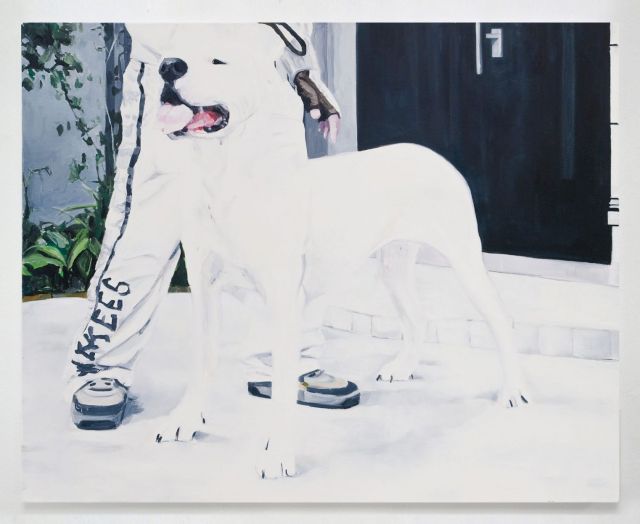
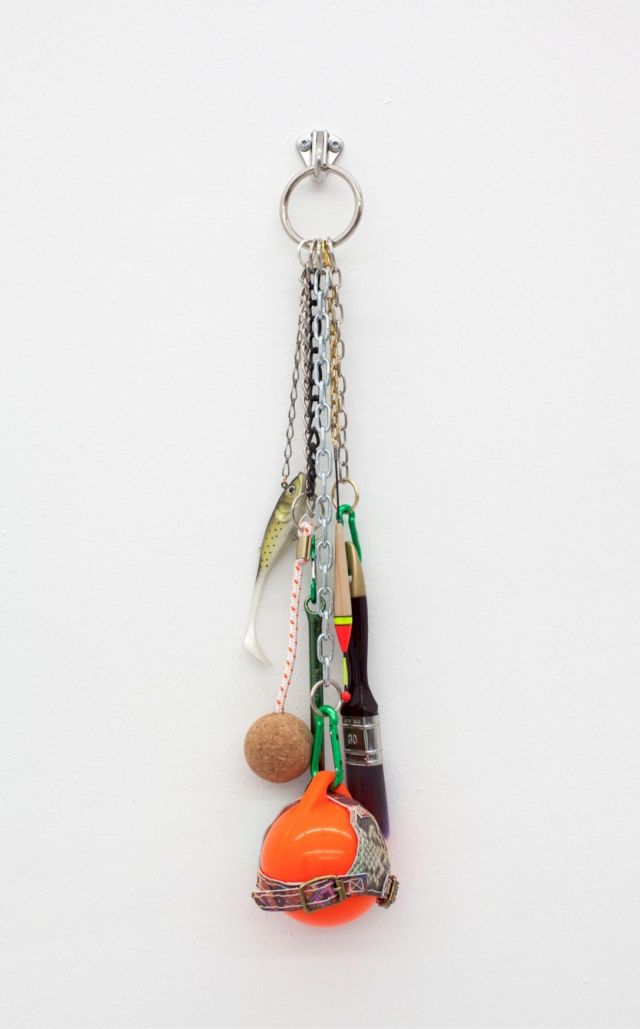
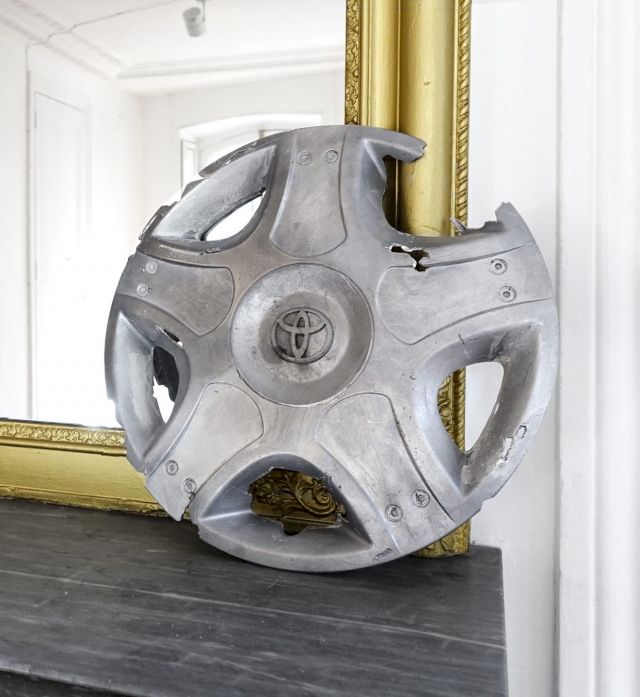
I devoured so many books so that I would know the history, as I knew it would make it easier for me when I did want to buy something.
CLAUS BUSCH RISVIG



We will see more and more celebrity art collectors in the future.
CLAUS BUSCH RISVIG
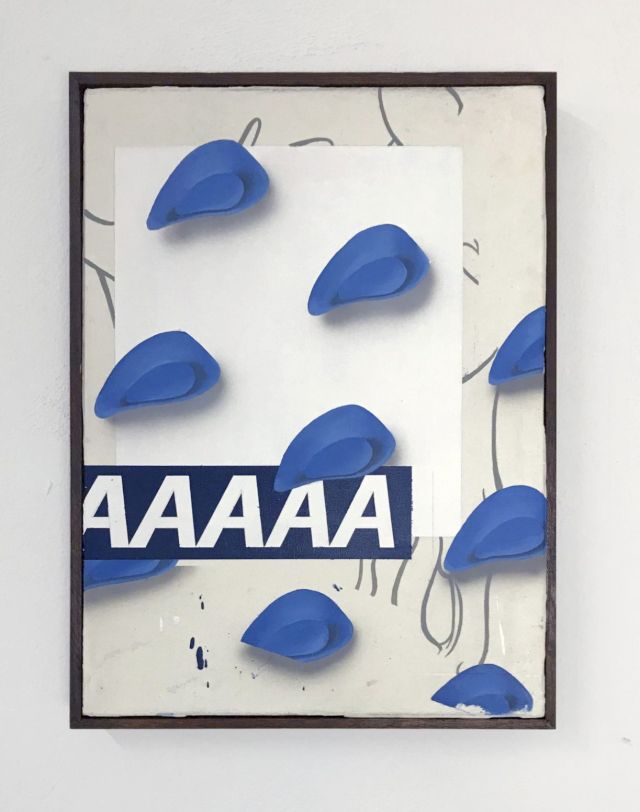
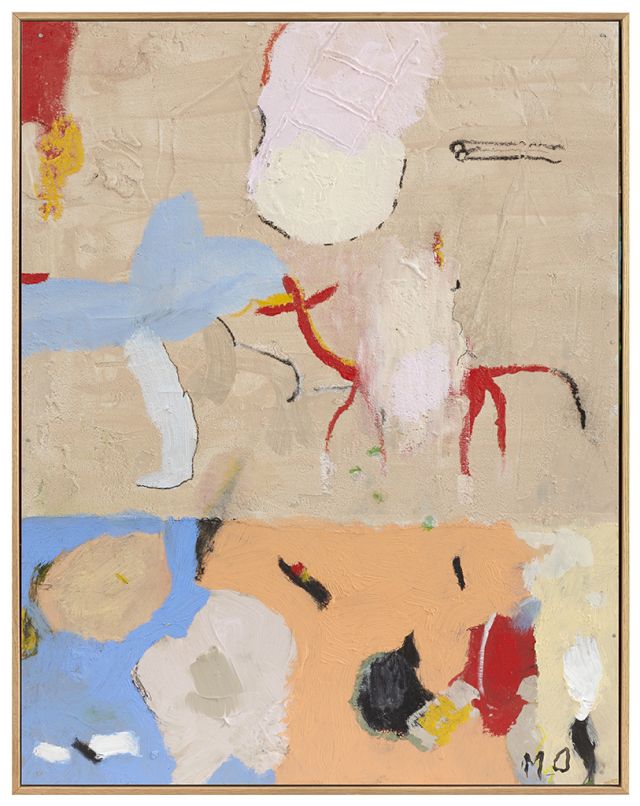
You are now one of the biggest emerging collectors in Denmark. Do you feel a sense of responsibly to educate others, be that fellow collectors or young people?
I don’t know if I feel a responsibility to do it but if I do, it would be fantastic that somebody could take something out of what I am doing and see that it’s possible to build a collection at a younger age and with a normal economy. Hopefully I will inspire someone, but I don’t feel like it’s something I should do or have the responsibility to do.
Earlier you spoke about the Danish art scene and that you are very active in attending exhibitions and galleries there. What’s your personal involvement like in the Danish art scene like? D you help curate shows?
I completely support it and am a part of it. I go to openings, I go to dinners and I have friends that are also Danish collectors. In addition, I also go to and support the Danish art fairs and have been a curator of the first edition of the CODE Art Fair. As I don’t live in Copenhagen I am not there for all of the shows and openings, but even though I don’t get to see everything I do try and see as much as possible and be a part of the scene there.
Can you speak about your curatorial position at the CODE Art Fair?
It was a fun experience. I’d never done something like that before and it was the first edition, so it was really interesting to do it and see what came out of it. It’s also great that the third edition is taking place this August and that it’s getting stronger and stronger every year.
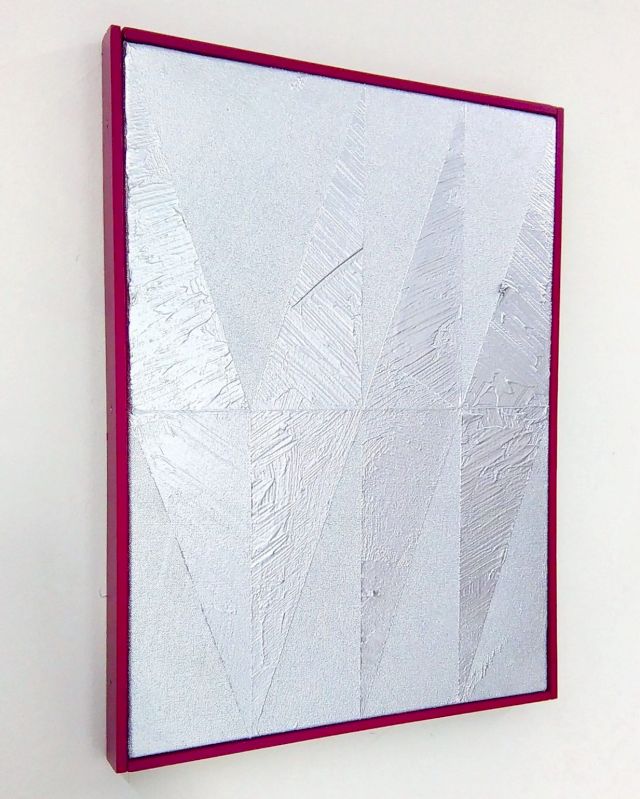
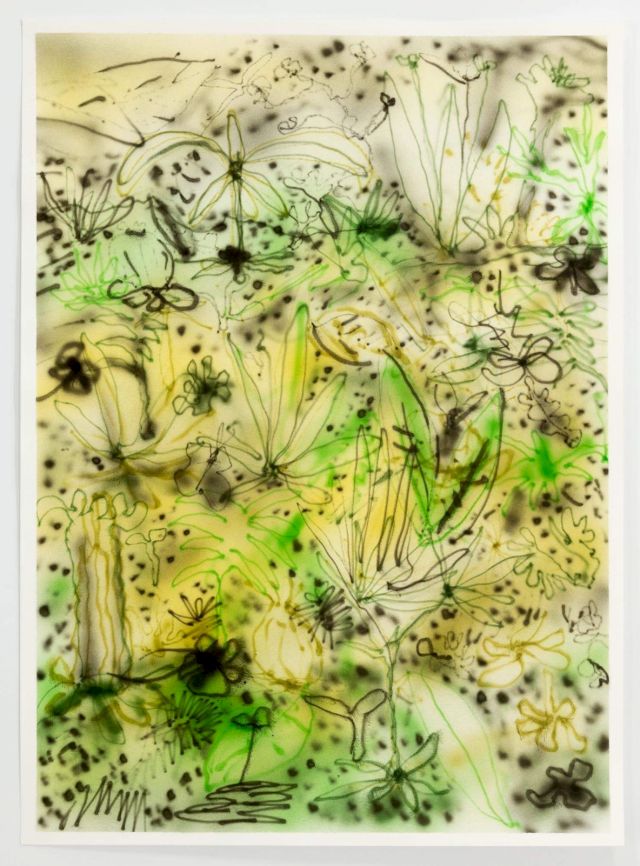
How would you say collecting has changed your life?
Well we’ve been collecting for eight years now and when we started we bought the artworks just to decorate our home. It was just about buying something and decorating and not about becoming a part of the art scene.
Do you think it has changed you somehow? Swayed your perspective on certain topics?
I definitely think that it has broadened my perspective on life. I meet a lot of artists now and see a lot of artworks and sometimes I think you get another view on how the world is and get a lot of different opinions. I get to meet a lot of really interesting people from around the world, and even Denmark that I wouldn’t have met if I wasn’t a part of the art world. I also get to work with art as my profession now, so yes, it’s definitely changed my life a lot.
Yes, that’s right, you’re the head of Gallery Relations for Artland App. So your job is to connect the galleries to the collectors and help the galleries get on board with the platform. Can you speak about Artland and what type of collectors you attract? What makes Artland different to other collecting platforms?
We try to target the young collectors and even the collectors that haven’t bought anything yet but really want to get into the art world. We help educate them and encourage them to buy their first piece and experience how that is. We’d like to help the new generation buy art and support all of the great artists that are around.
Do you think young collectors feel a bit daunted to buy their first artwork? Especially when in a gallery setting?
I definitely think so and I think that’s why there aren’t that many art collectors. I actually don’t meet that many young people buying art. A lot of people have the economic situation to buy something – it can be a print or an edition but I think they are afraid of making a “bad buy”, or buying something that isn’t worth anything, or not wanting to look foolish when they buy something. That’s why they often don’t buy anything at all, because they are afraid of making a mistake.
So making mistakes in a collection is not necessarily a bad thing?
I think it’s actually really good to make mistakes. The only way you learn and get better is to make mistakes. Often, especially in the beginning, you buy something that after a couple of years you don’t really like that much anymore, but that’s also because your taste changes with the more art you experience. That’s just a natural journey. You absolutely shouldn’t be afraid of making mistakes; it’s just something on the path of being a good collector.
Would you say that you see some your mistakes within the collection as important pieces?
Absolutely. They’re part of our history and part of how we started. For me, some of these “mistakes” are perhaps finished in some kind of way but they still have a history there for me. I still remember where and when I bought them, or that it was a huge amount of money for me at that point to spend on art.
You absolutely shouldn't be afraid of making mistakes; it's just something on the path of being a good collector.
CLAUS BUSCH RISVIG

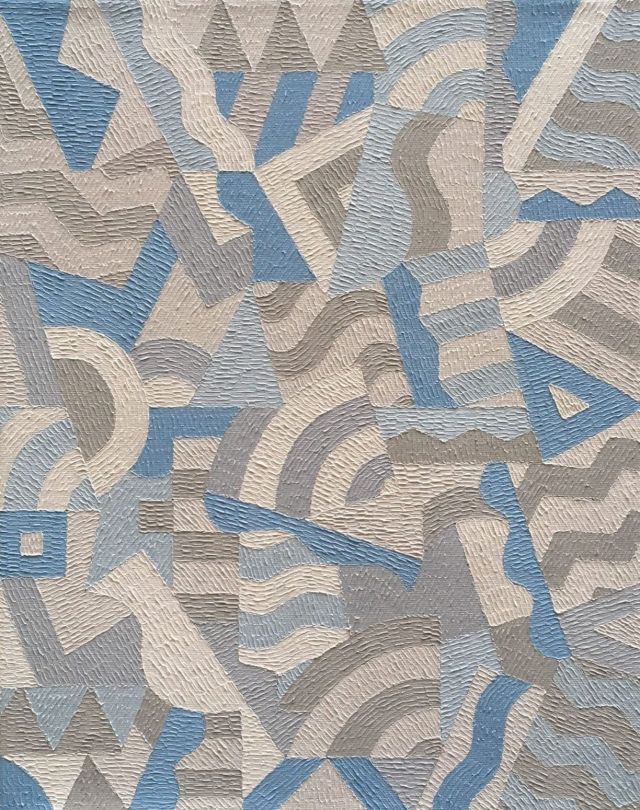
Currently, your collection is only on view in your home but do you have any plans to make it publicly accessible?
I don’t have the money to open a museum! But I have showed my collection publicly now on two different occasions; once in August 2017 at an exhibition in a Kunsthalle in Denmark, and then again from February to April of this year at another Kunsthalle in Denmark. Both times it was showcasing parts of the collection, and the first time I curated the show myself. The show this year was actually three exhibitions in one where 3 curators selected the same works from the collection and curated three separate shows.
What was that like? To give complete control to curators when dealing with something that is so personal to you and your partner?
It was actually a great experience and we were able to see some of the works in a totally new light as well as seeing works hung next to each other in ways that we wouldn’t have done so at home. It really gave a new perspective on the collection and it was also just fun to see which works the curators picked and how they decided to present them.
Did you change how the artworks were hung once they got home?
Yeah we actually did! But the funny thing about having these works in the exhibition was that by loaning these artworks we then had empty walls at home, which meant that we had to find other works to put in the blank spaces. This was really great as it gave us a chance to live with something different for a while as well as experiencing these works in a new way.
And when do you think you will stop? How will you know when to stop? Will you ever stop?
I actually don’t think we’ll ever really stop. Maybe at some point we will stop acquiring so much, but who knows! We don’t have a plan for it. It could be that in a year we won’t want to collect anymore, but I really don’t think so…but who knows. A lot can happen in a year.
